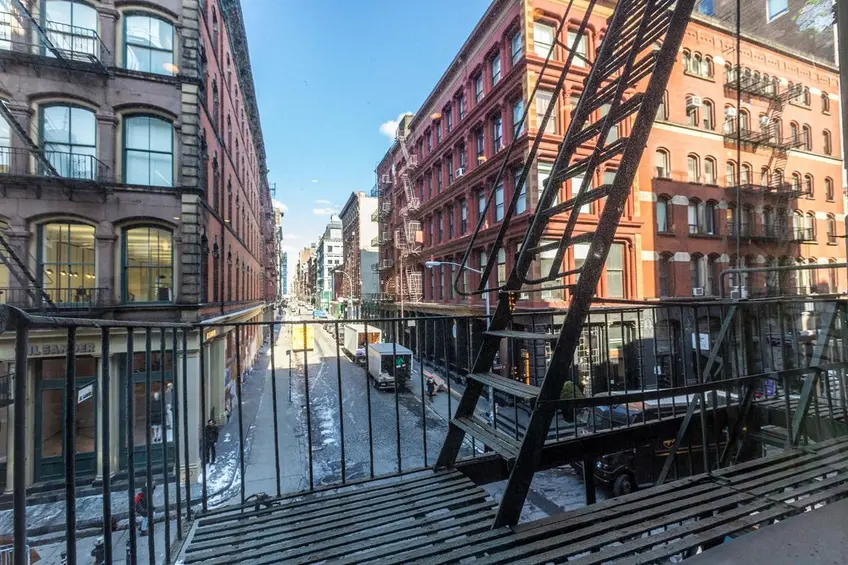
Over halfway through July 2023, New Yorkers have hot days in the forecast with only the slightest respite at night. These days, residents without central air conditioning can use window units or fans to stay cool, but many of their predecessors slept outside on their fire escapes to get relief on oppressively hot nights.
Fire escapes had their heyday following the Tenement Housing Act of 1867, which required multi-family buildings to have them. As time passed, fire escapes faded in importance as buildings incorporated better fire detection systems, high-quality sprinkler systems, and fireproof interior stairwells. The 1968 Building Code banned the construction of external fire escapes on almost all new buildings, and current building codes allow for the repair of existing fire escapes but not adding new ones. Some developers have even gone before the Landmarks Preservation Commission to seek permission to remove fire escapes from the buildings they hope to convert, though it must be noted that this cannot be considered unless the Department of Buildings has confirmed that the building would have safe forms of egress without them.
In this article:
Nevertheless, the restrictions and slow erasure have not erased the magic of the fire escape from many New Yorkers' imaginations. Movies like West Side Story and Breakfast at Tiffany’s were made before the 1968 Building Code and incorporated now-iconic scenes on the fire escapes. Decades later, when the Broadway musical Rent was adapted into a movie and West Side Story was remade, fire escapes were prominently featured and lent credence to the notion of the characters living in old buildings. More recently, when New York City theaters and performances venues were closed during lockdown, local musicians used their fire escapes as stages to serenade healthcare workers and pedestrians.
Indeed, many New Yorkers who have fire escapes tend to treat them like unofficial patios. However, it is important to remember that fire escapes were conceived for safety purposes first. When an older building’s staircase burned away, fire escapes were often the only chance for apartment-dwellers living above the ground floor to leave the building safely. Today it is illegal to obstruct the fire escape inside or out, store anything on it (in other words, no grilling out there!), or enclose it as a pet exercise area.
Between fire escape removal in industrial conversions and the demolition of old tenements to make way for new construction, fire escapes are becoming fewer and further between in New York City apartments. But certain neighborhoods still enjoy views of prewar buildings with fire escapes and a look back on Old World New York.
Between fire escape removal in industrial conversions and the demolition of old tenements to make way for new construction, fire escapes are becoming fewer and further between in New York City apartments. But certain neighborhoods still enjoy views of prewar buildings with fire escapes and a look back on Old World New York.
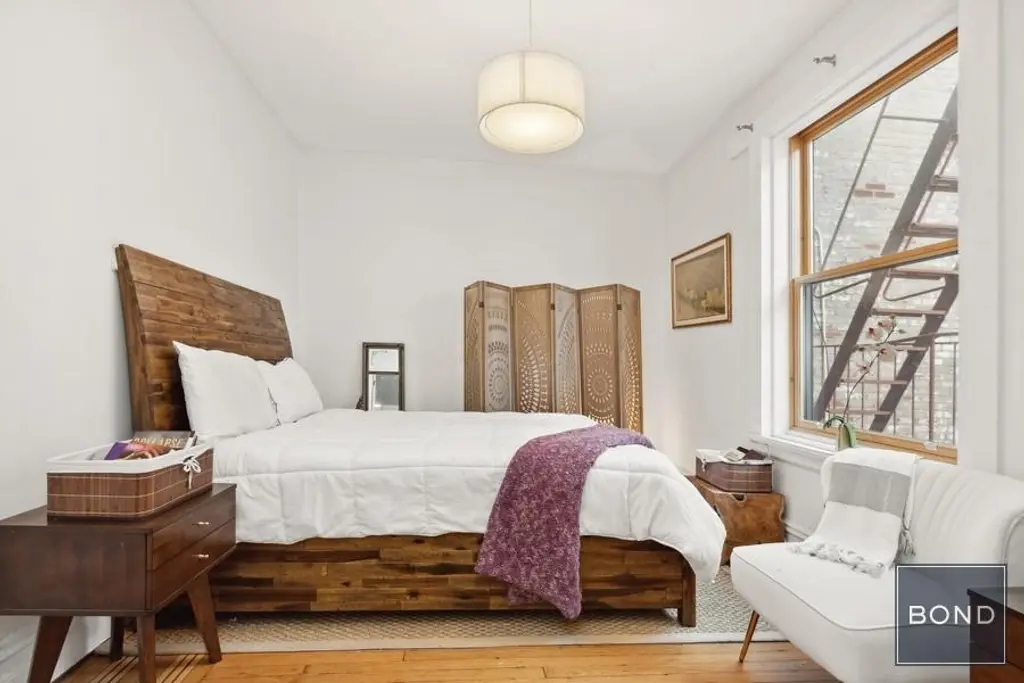
552 Riverside Drive, #6F (Bond New York Properties LLC)
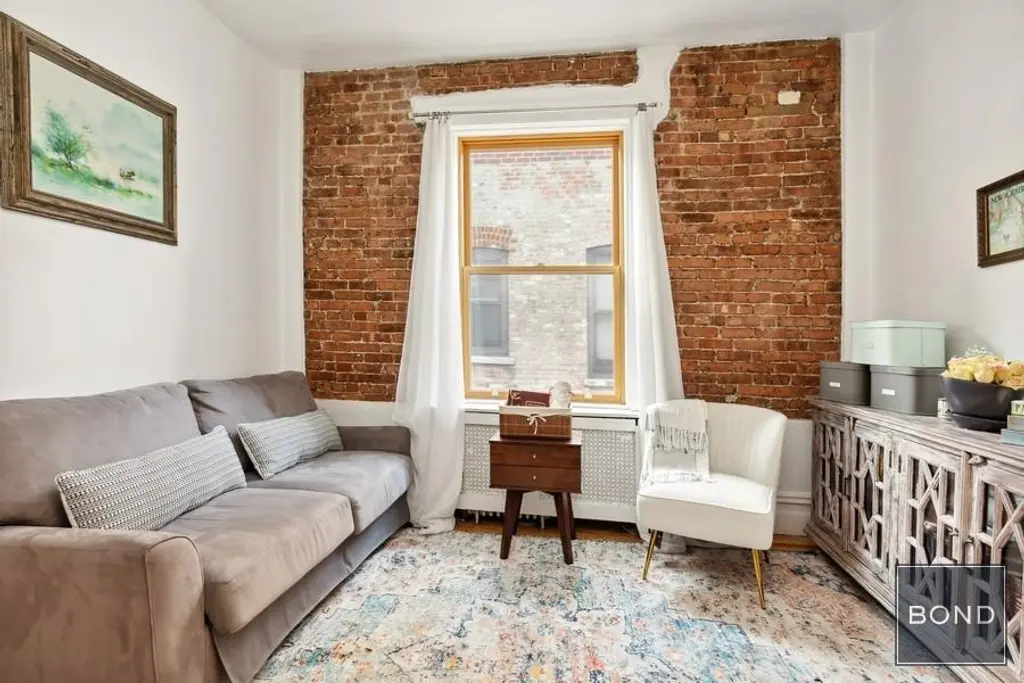

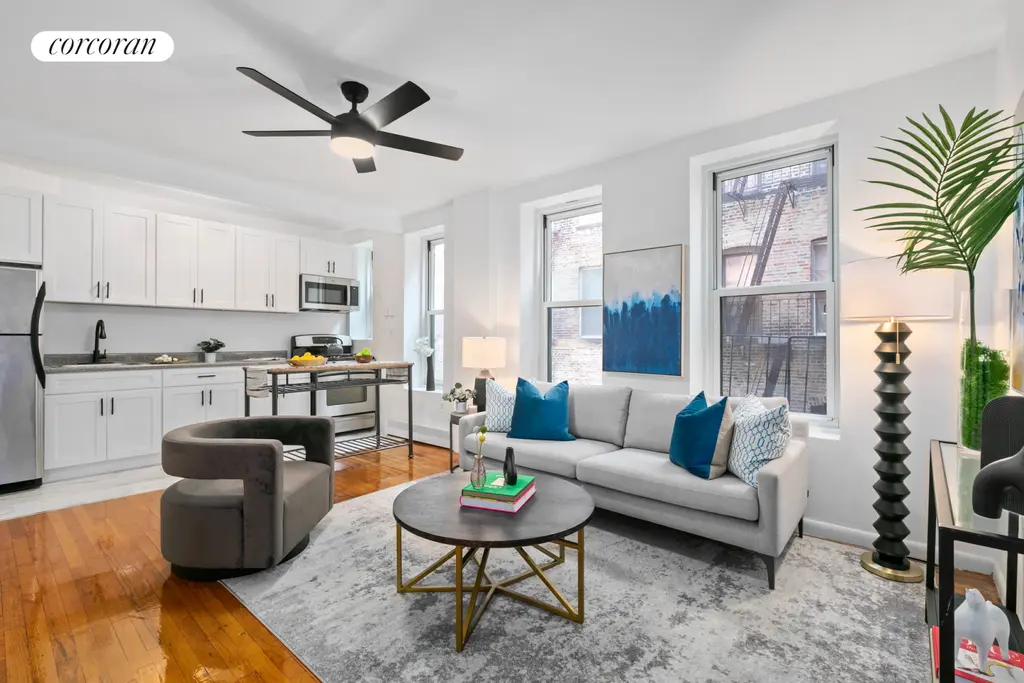
745 East 6th Street, #4B (Corcoran Group)
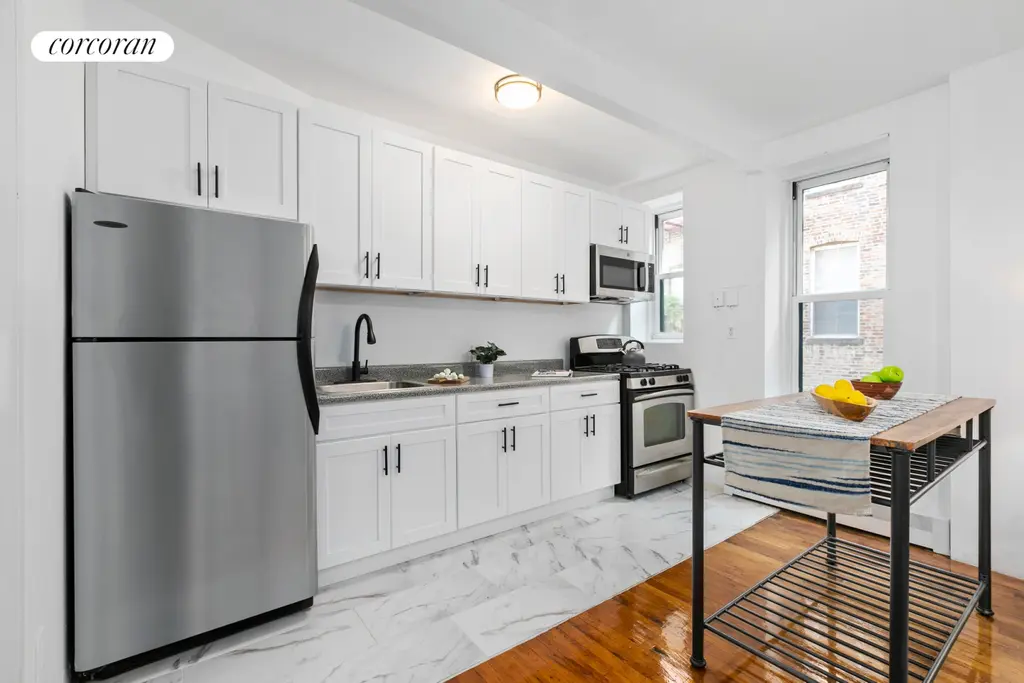
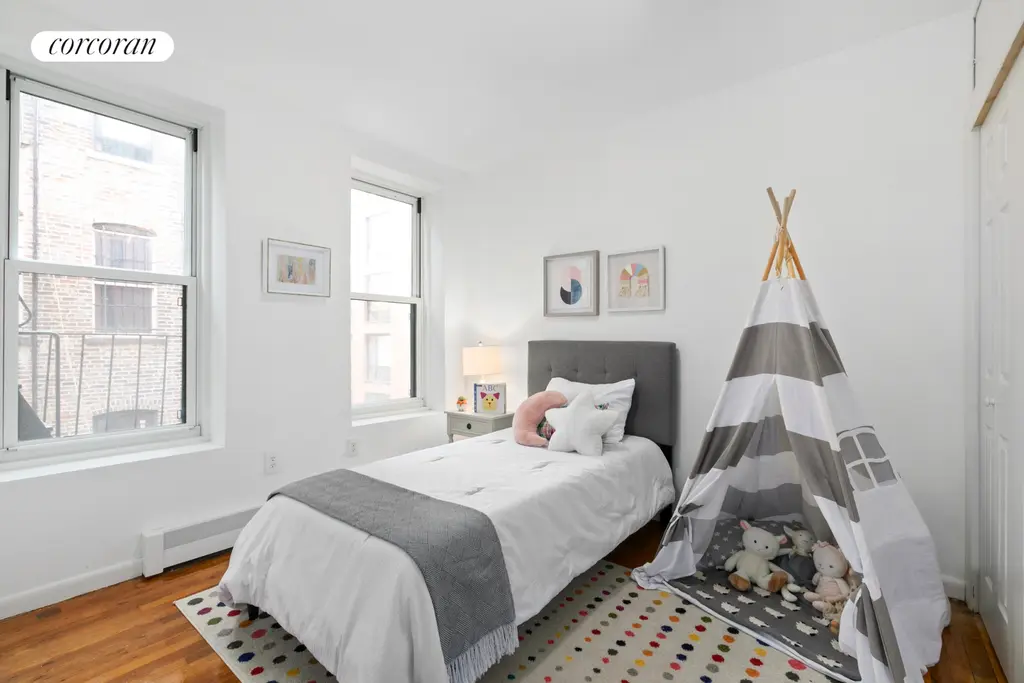
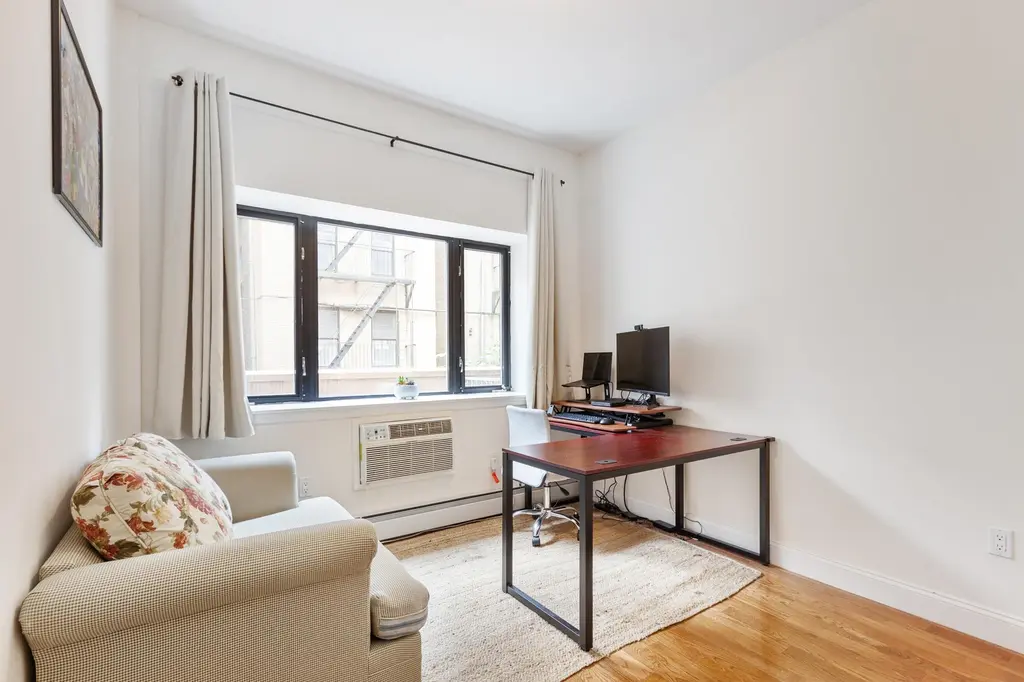
Edgecombe Parc, #1B (Nest Seekers LLC)

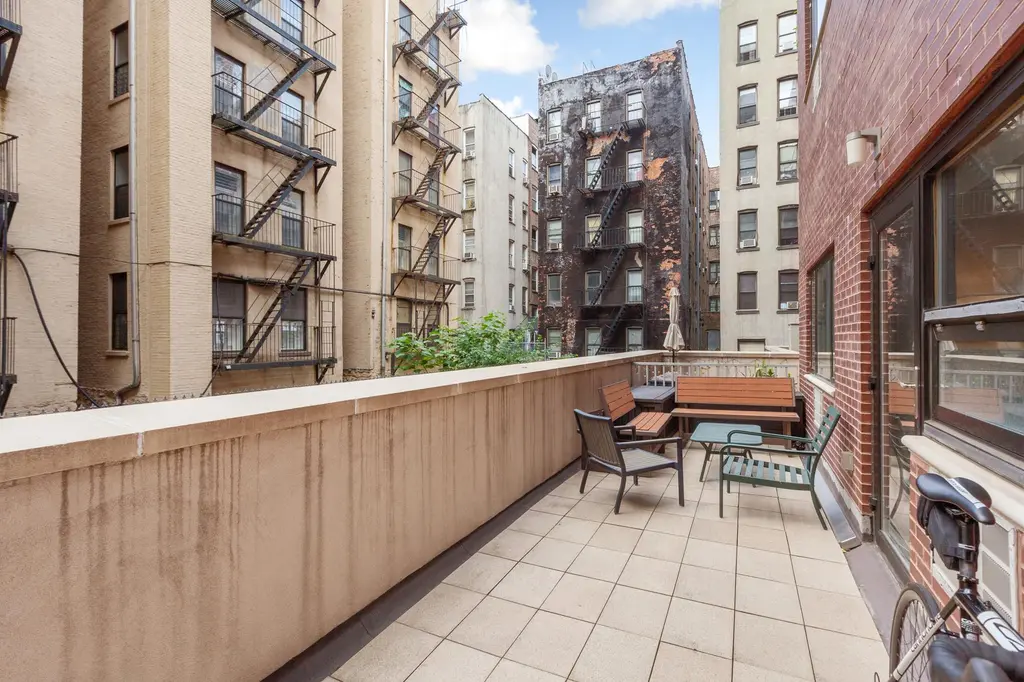
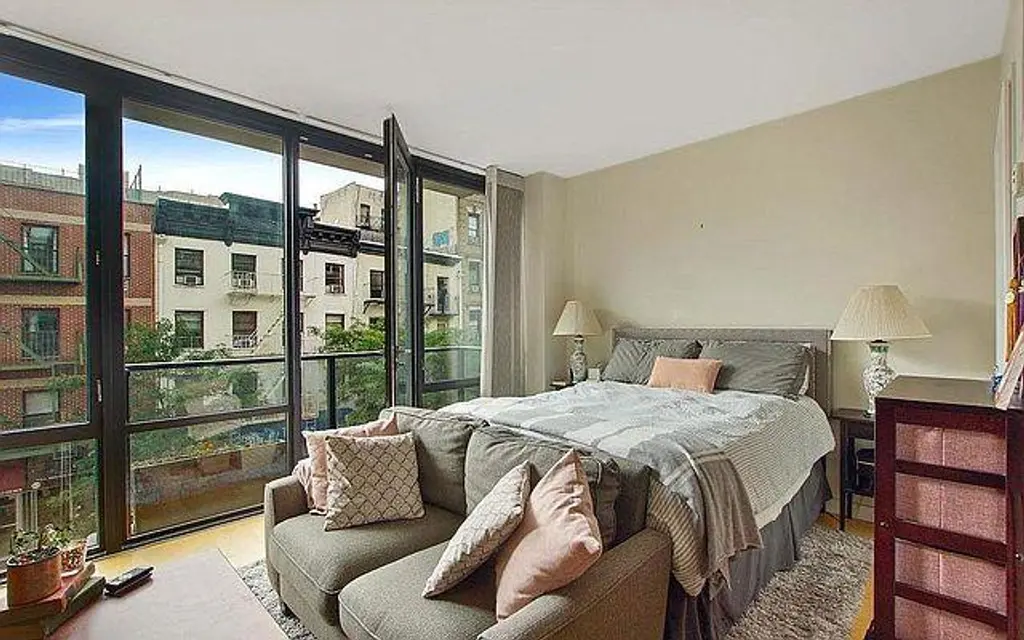
The Copper, #3C (212 Consulting Corp)
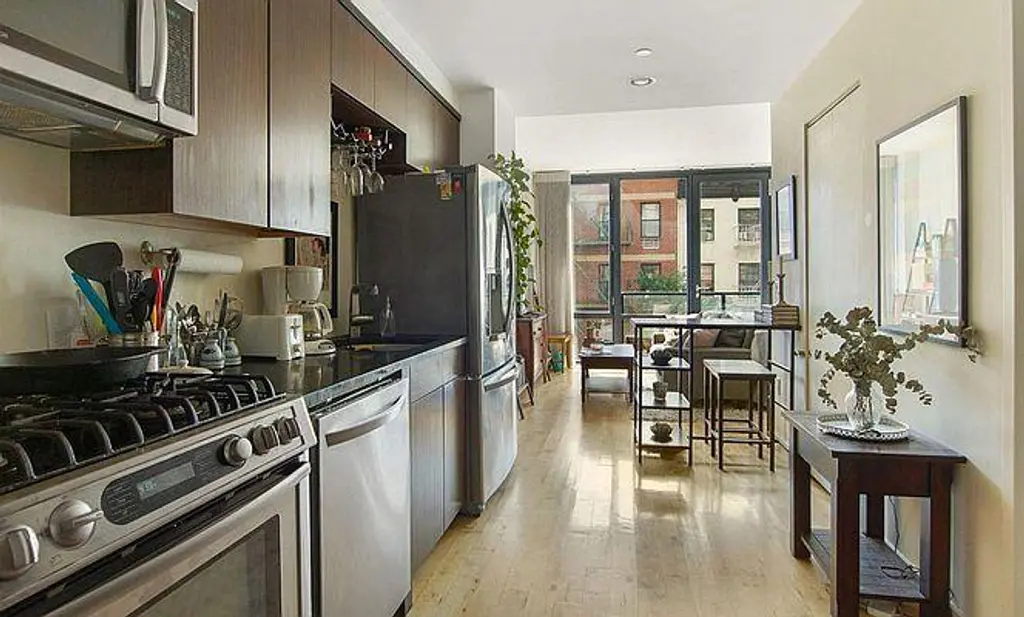

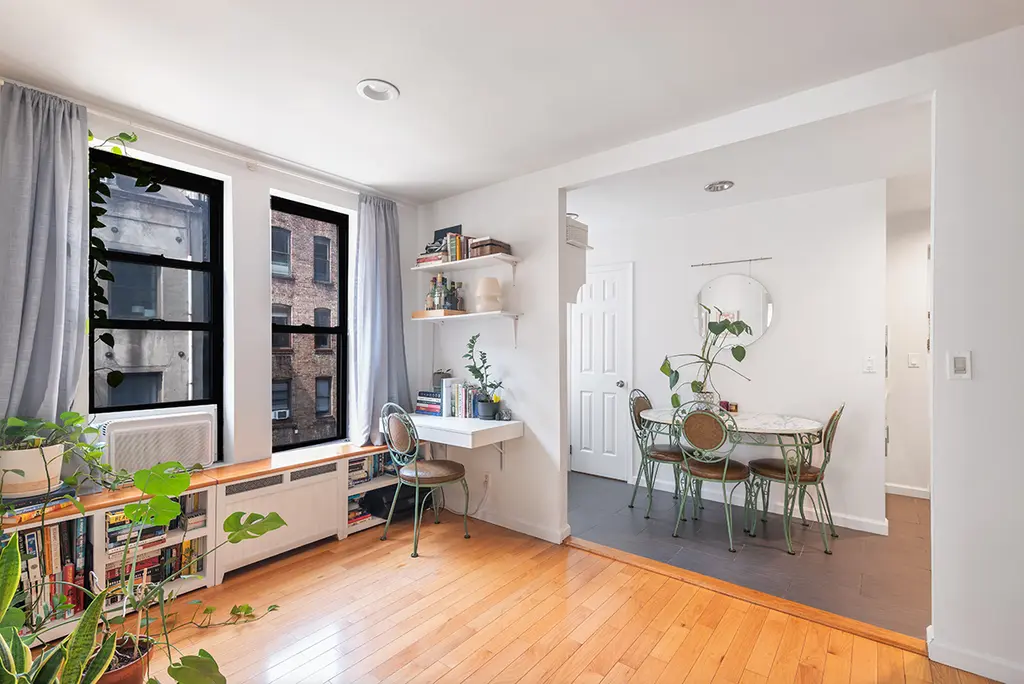
210 Thompson Street, #8 (Level Group Inc)
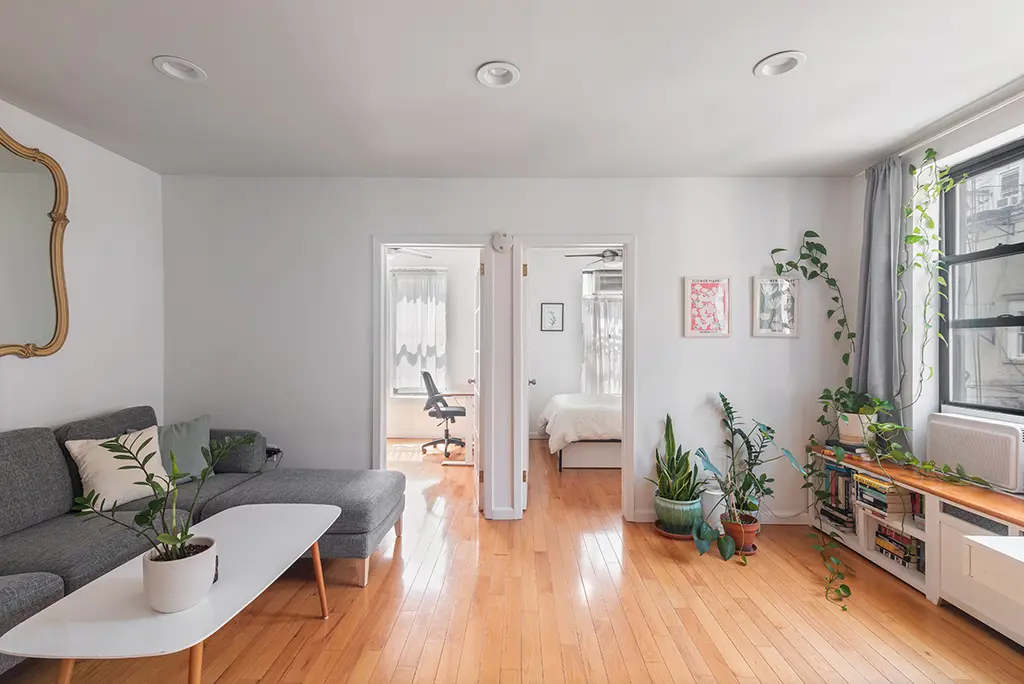
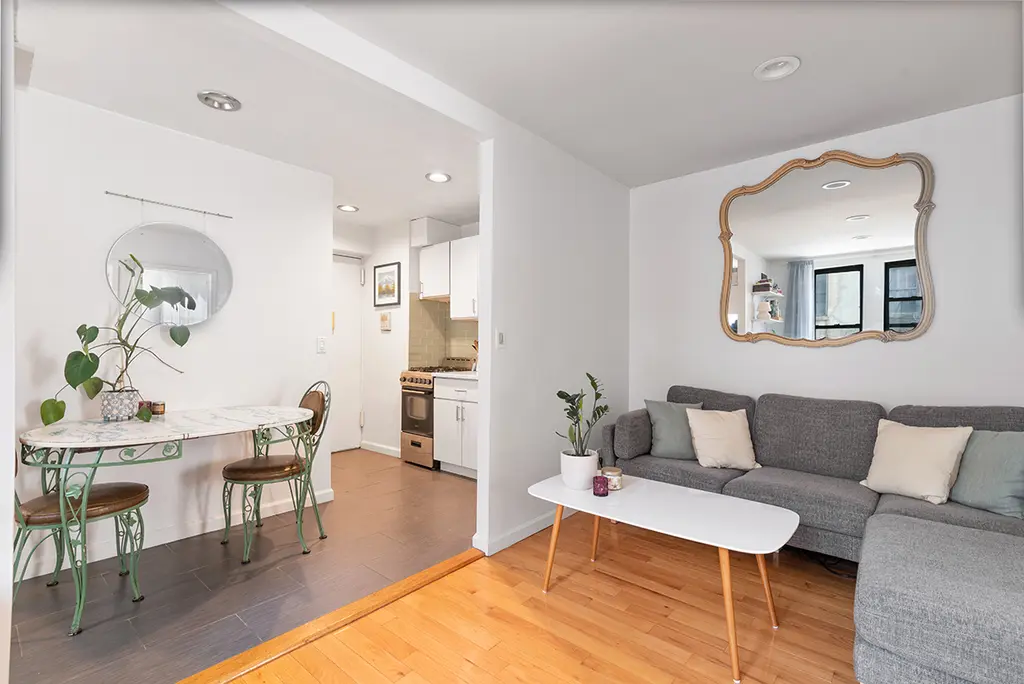
Would you like to tour any of these properties?
Just complete the info below.
Or call us at (212) 755-5544
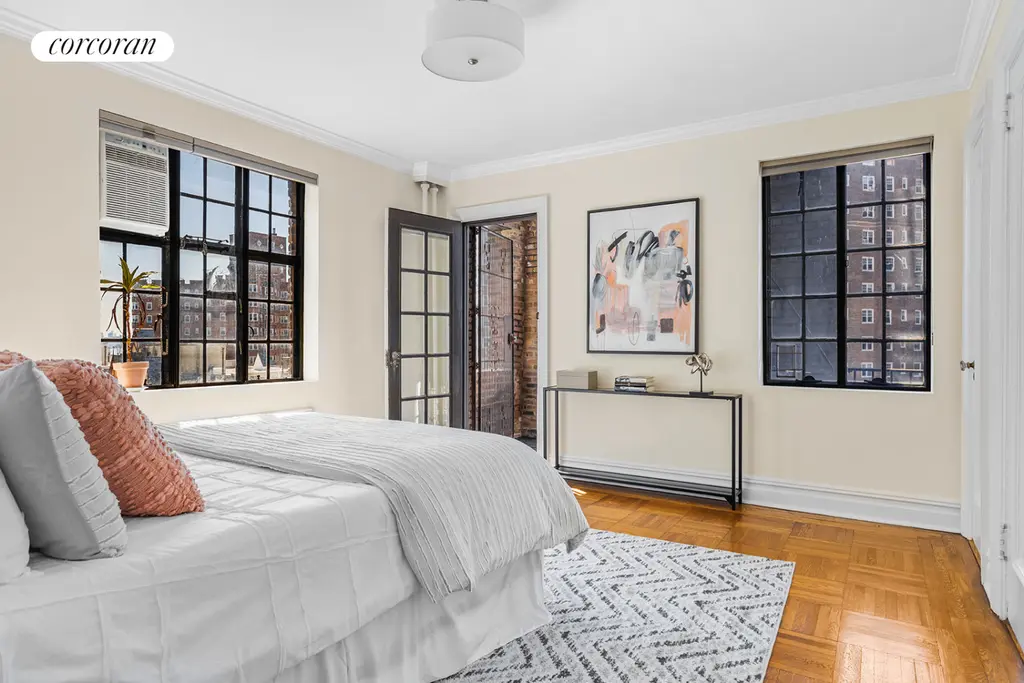
Hudson View Gardens, #E33 (Corcoran Group)
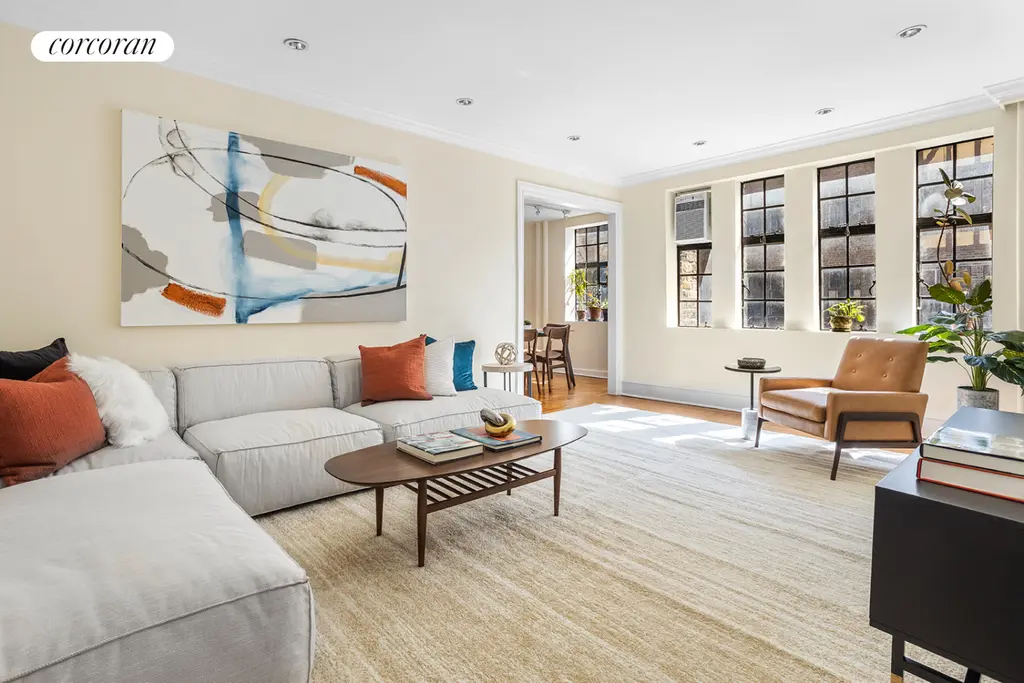
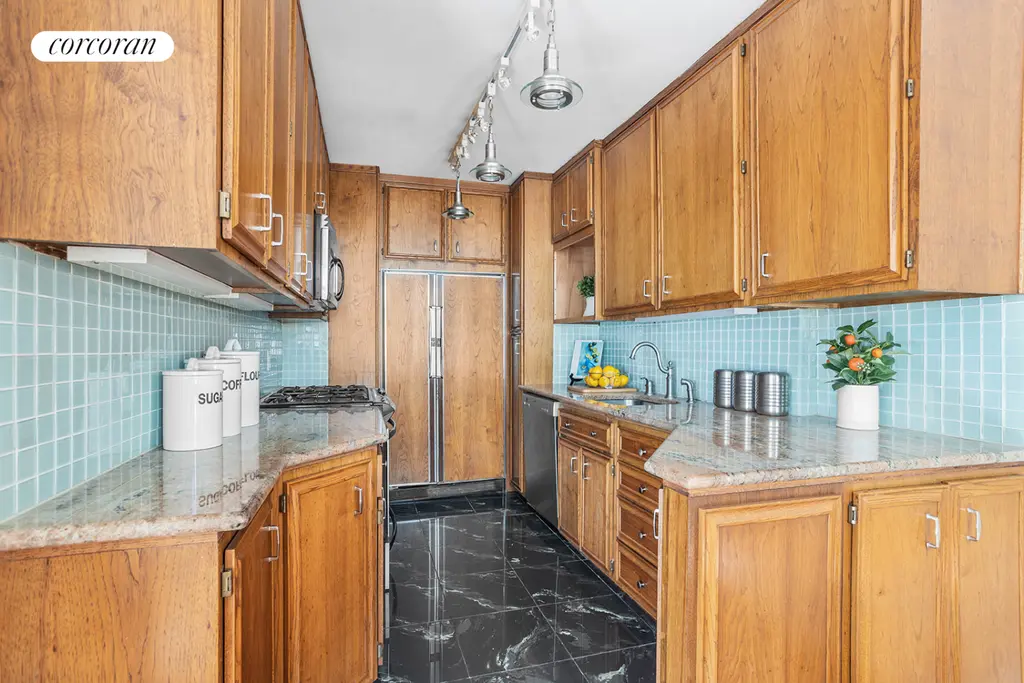

88 Bleecker Street, #4L (Compass)
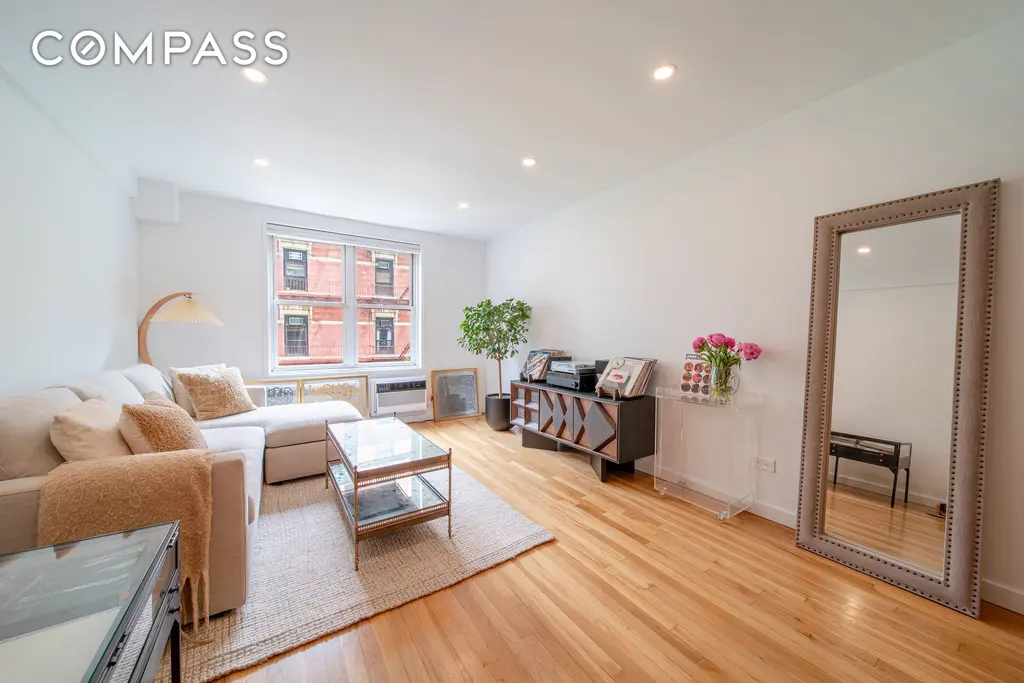
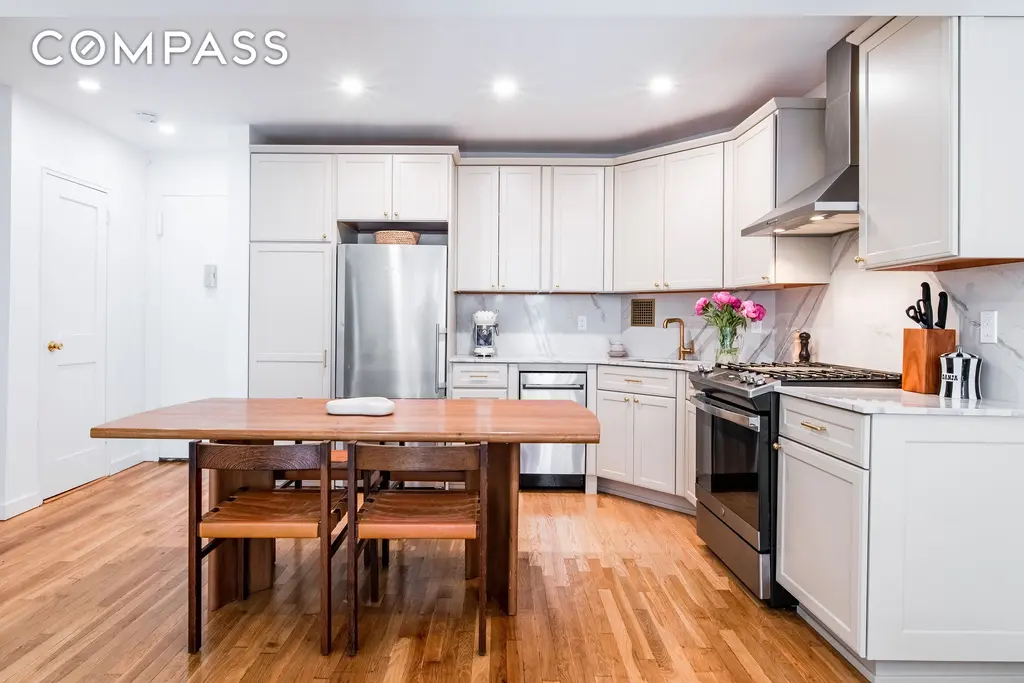
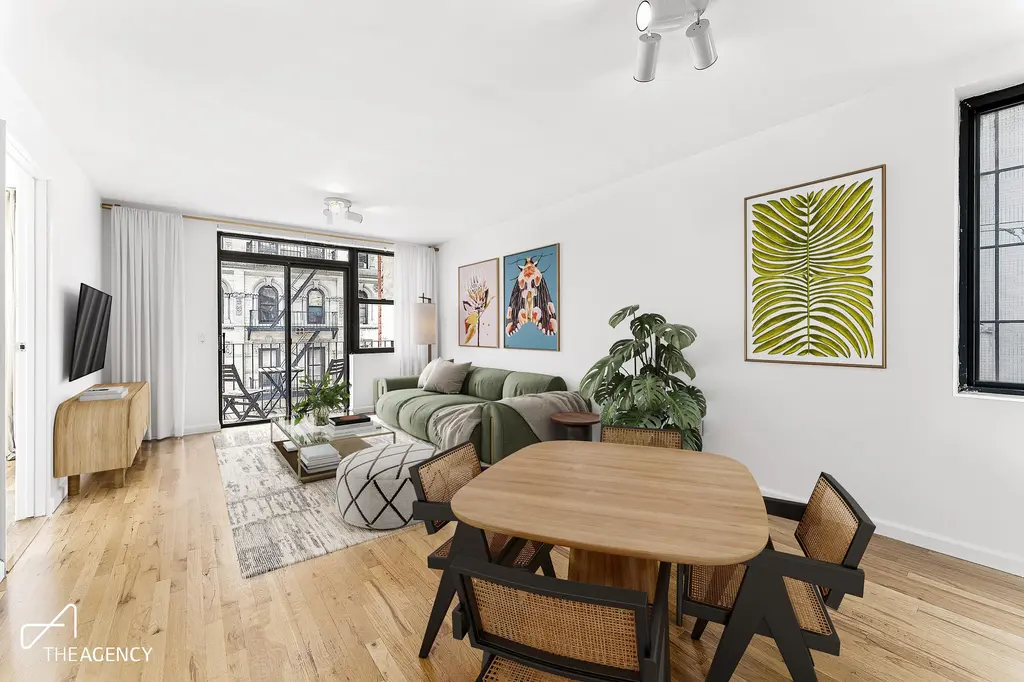
302 Broome Street, #5A (The Agency Brokerage)
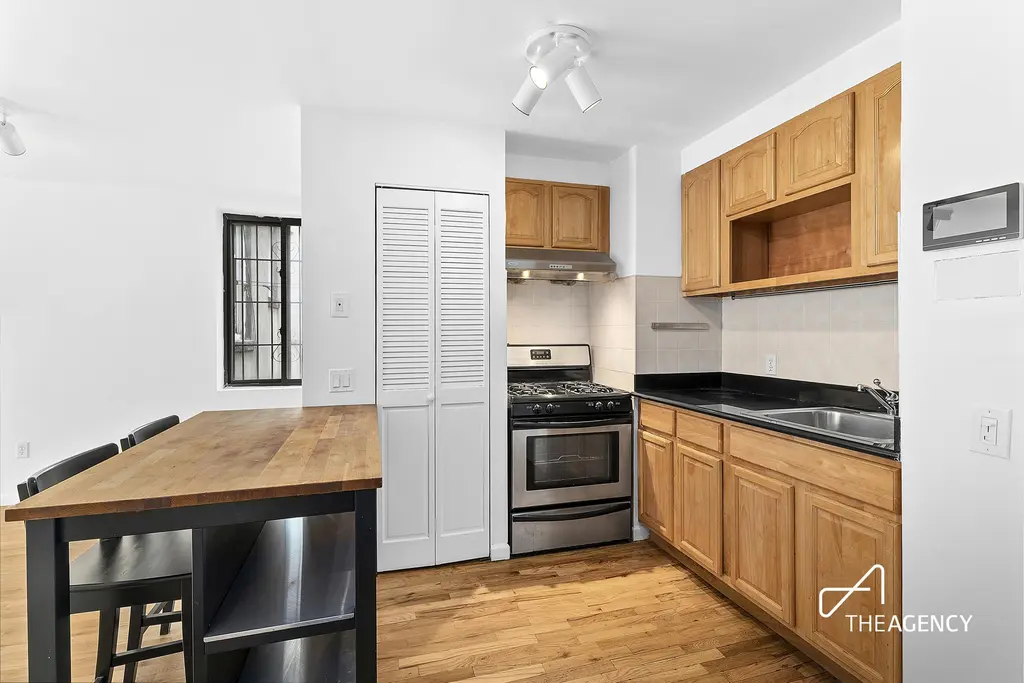
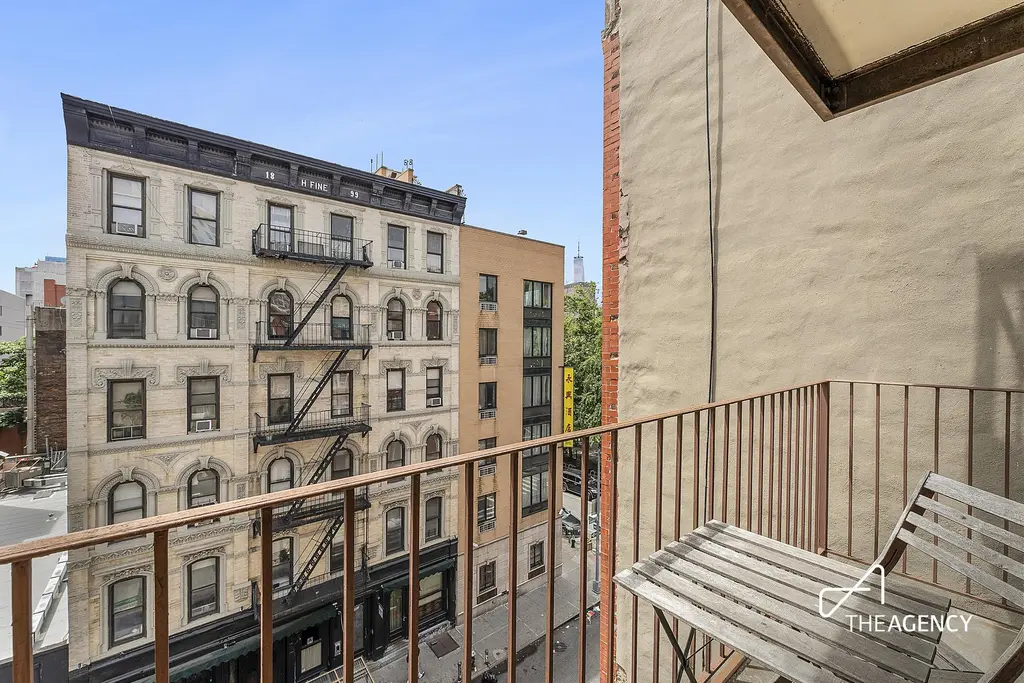
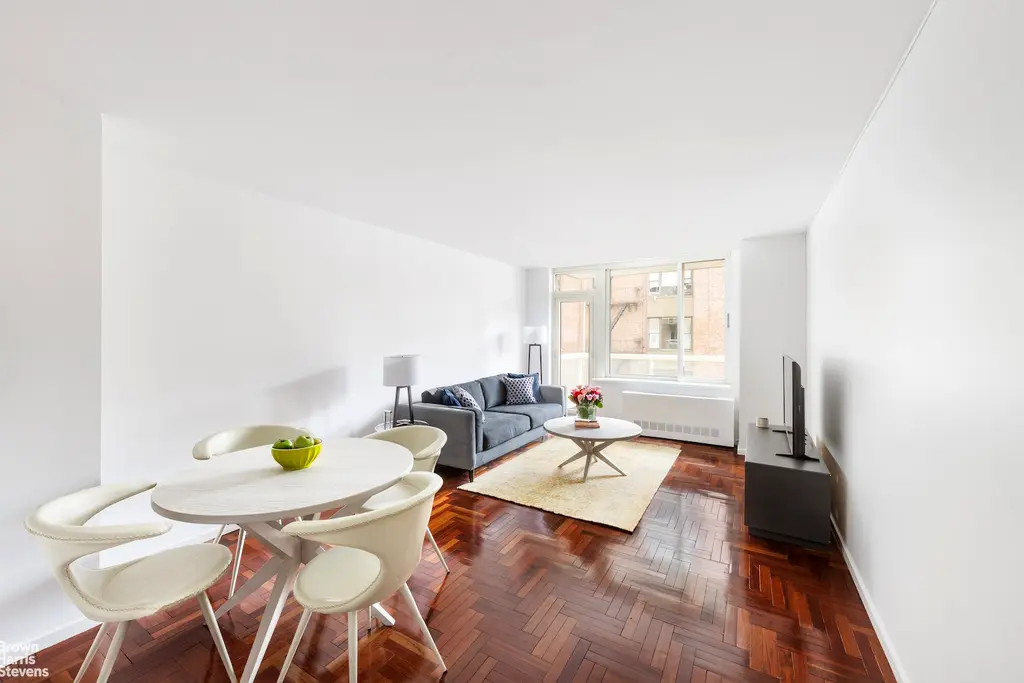
The Boulevard, #932 (Brown Harris Stevens Residential Sales LLC)
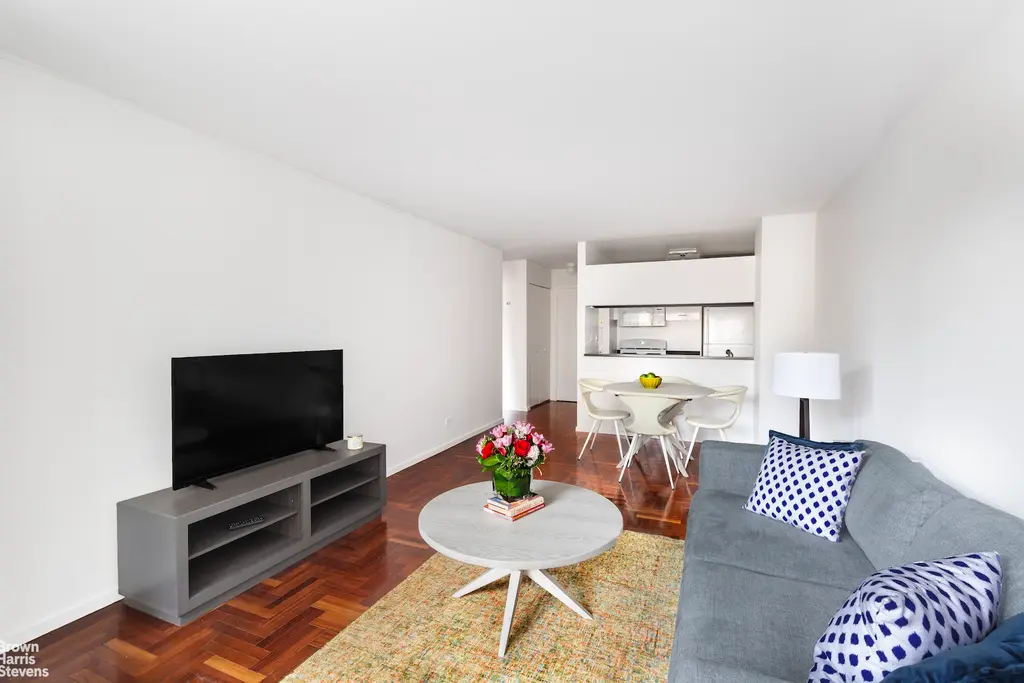
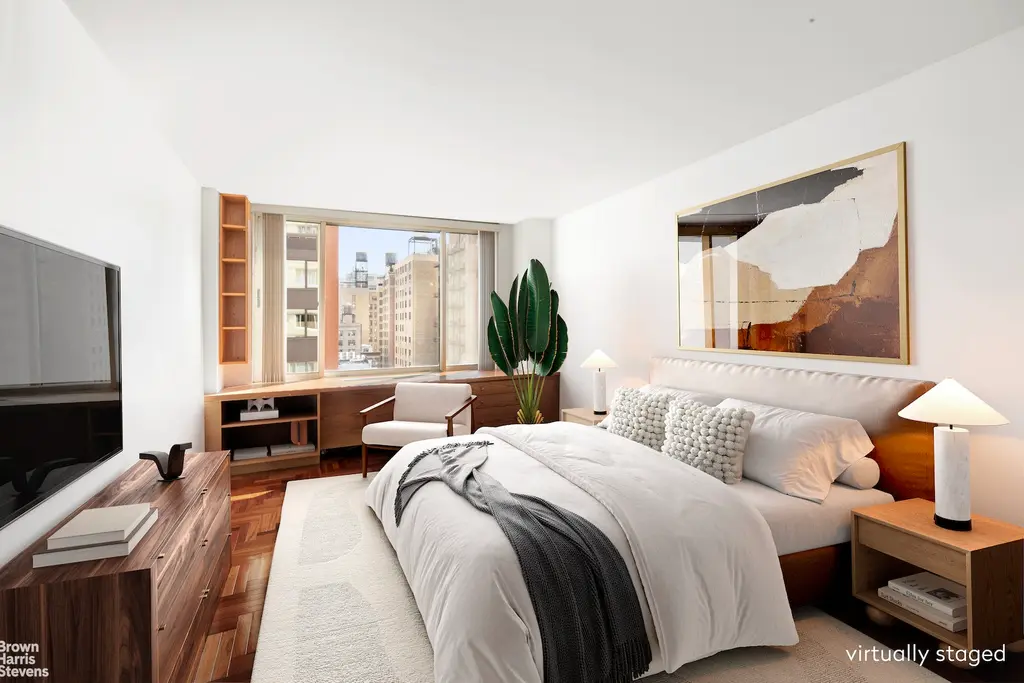

PS90, #2C (Corcoran Group)
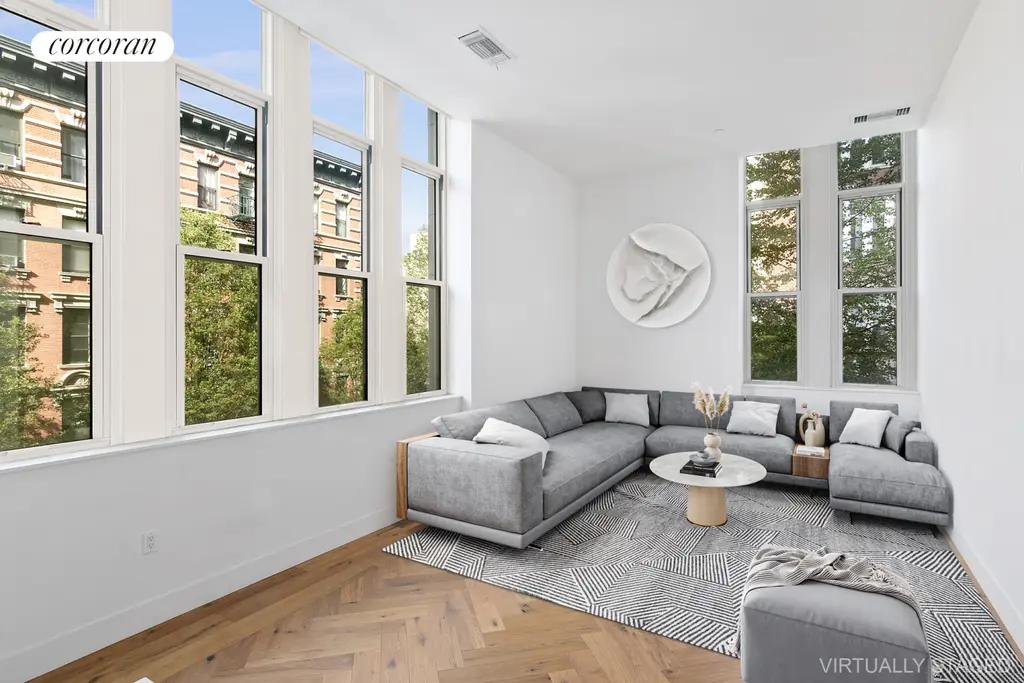
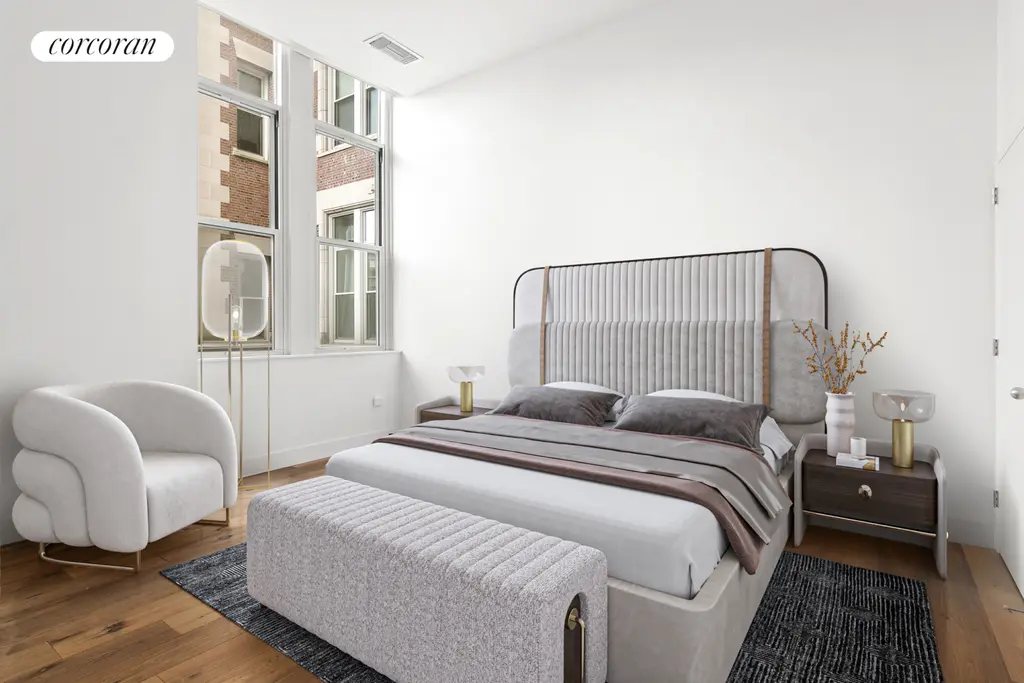
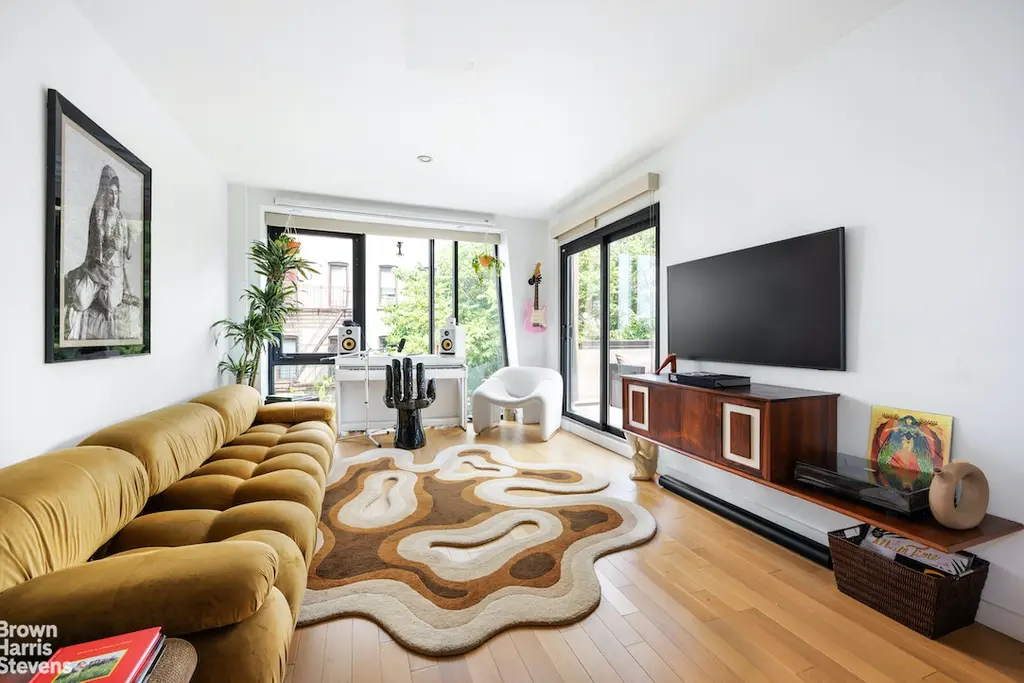
251 South 3rd Street, #6A (Brown Harris Stevens Brooklyn LLC)
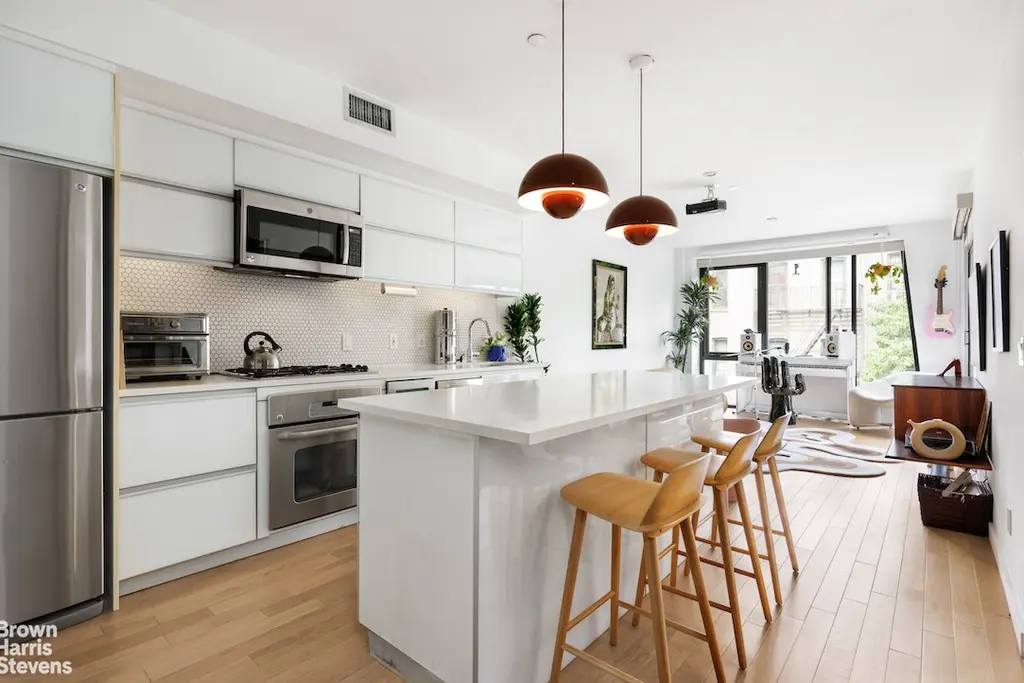
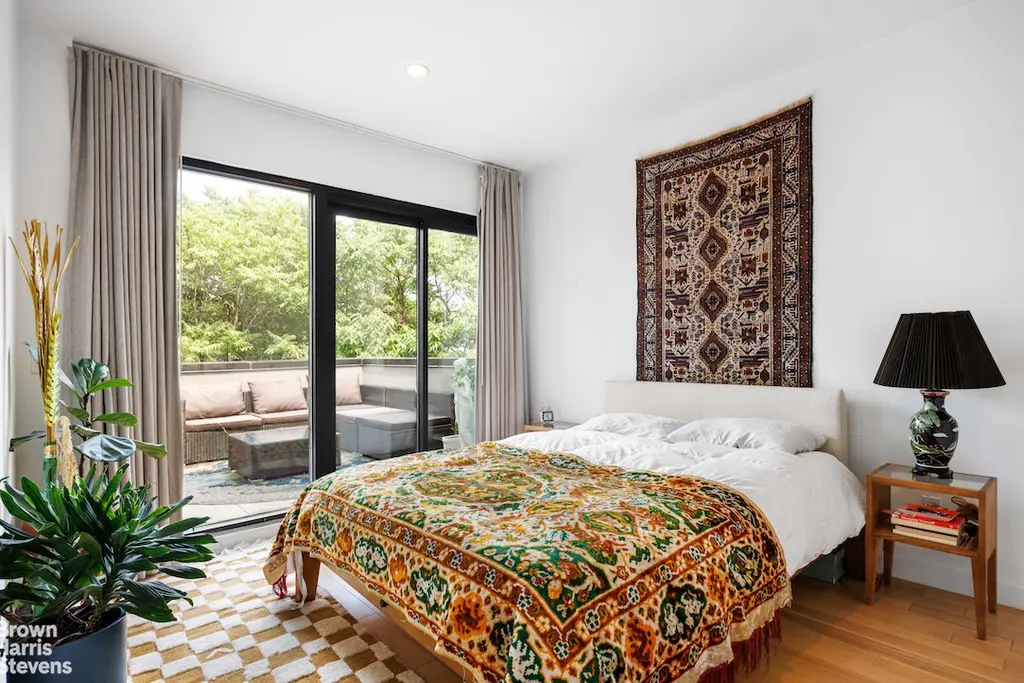
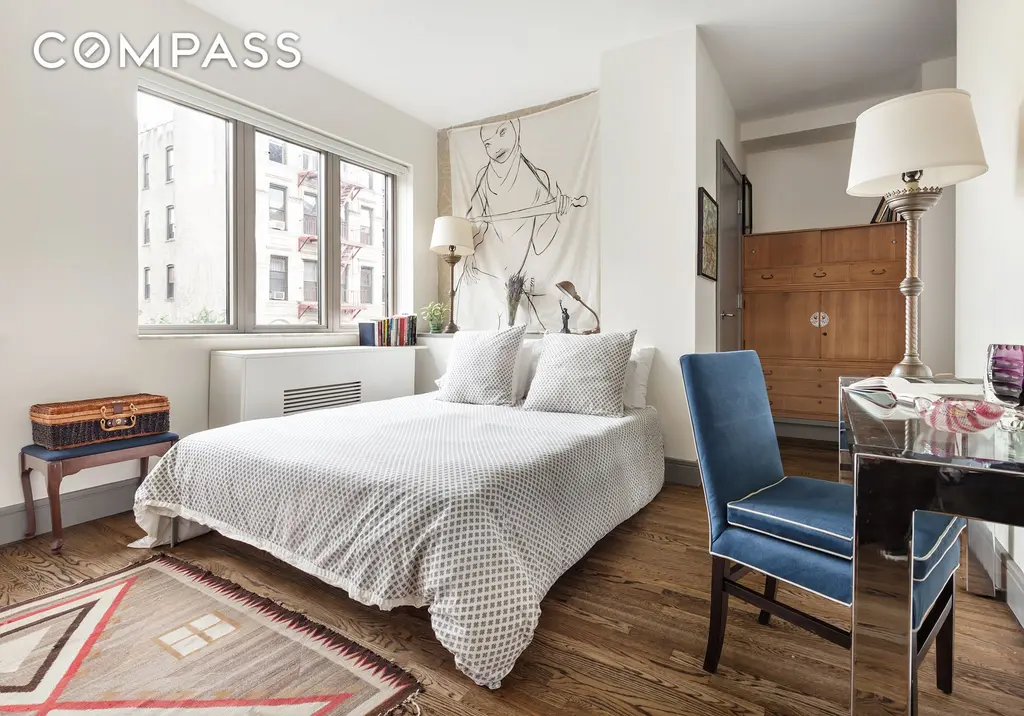
235 East 2nd Street, #4FL (Compass)

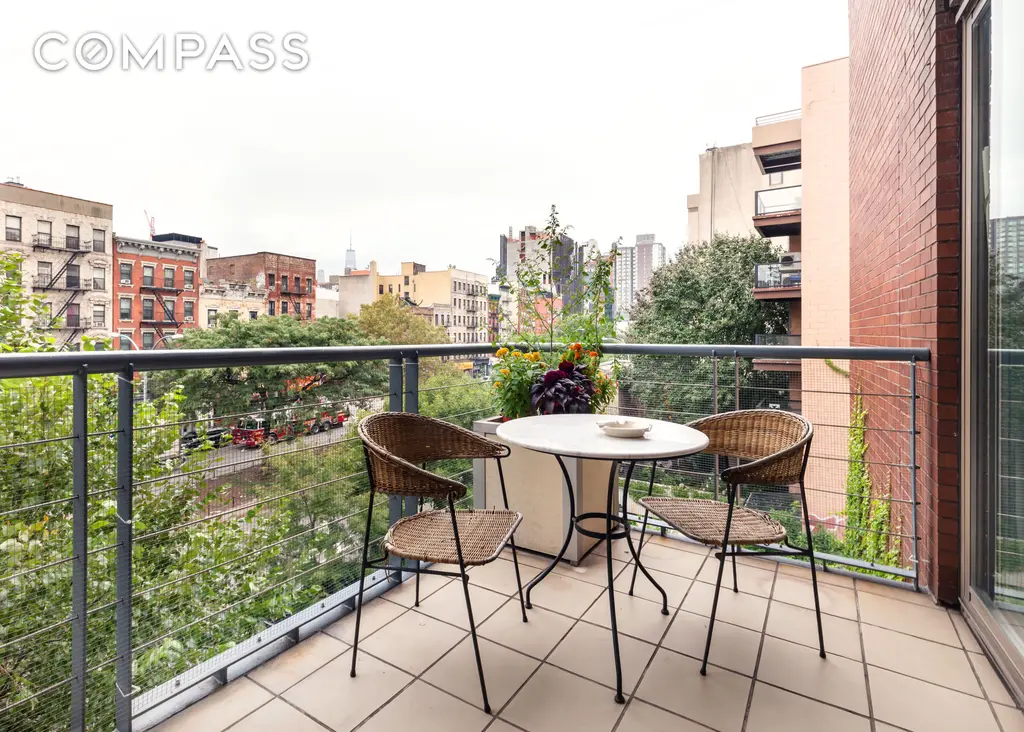
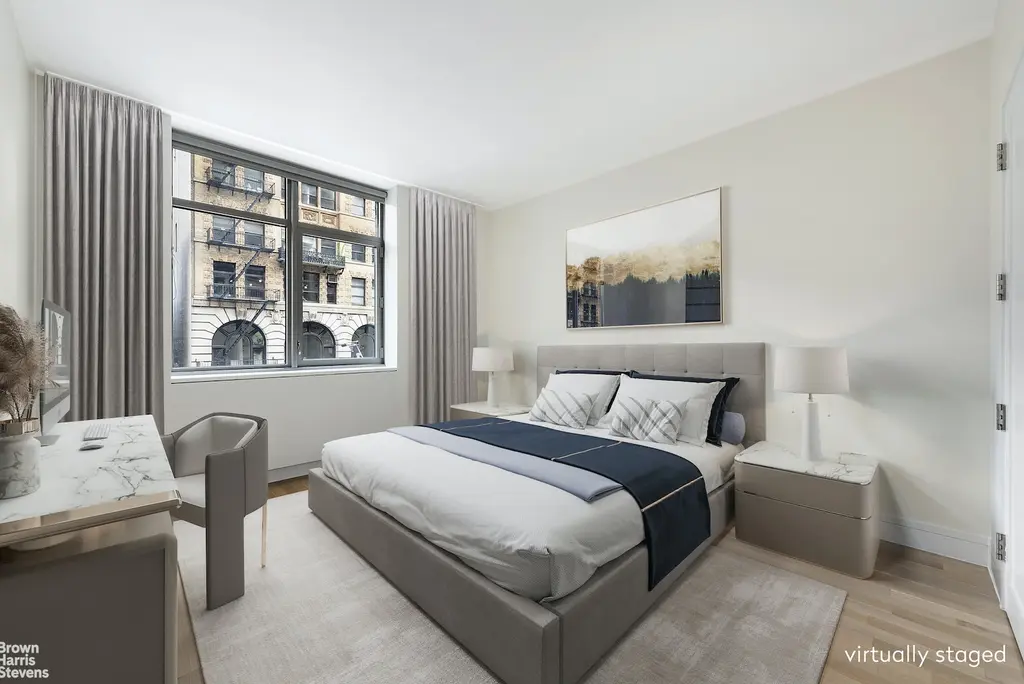
Citizen, #3A (Brown Harris Stevens Residential Sales LLC)
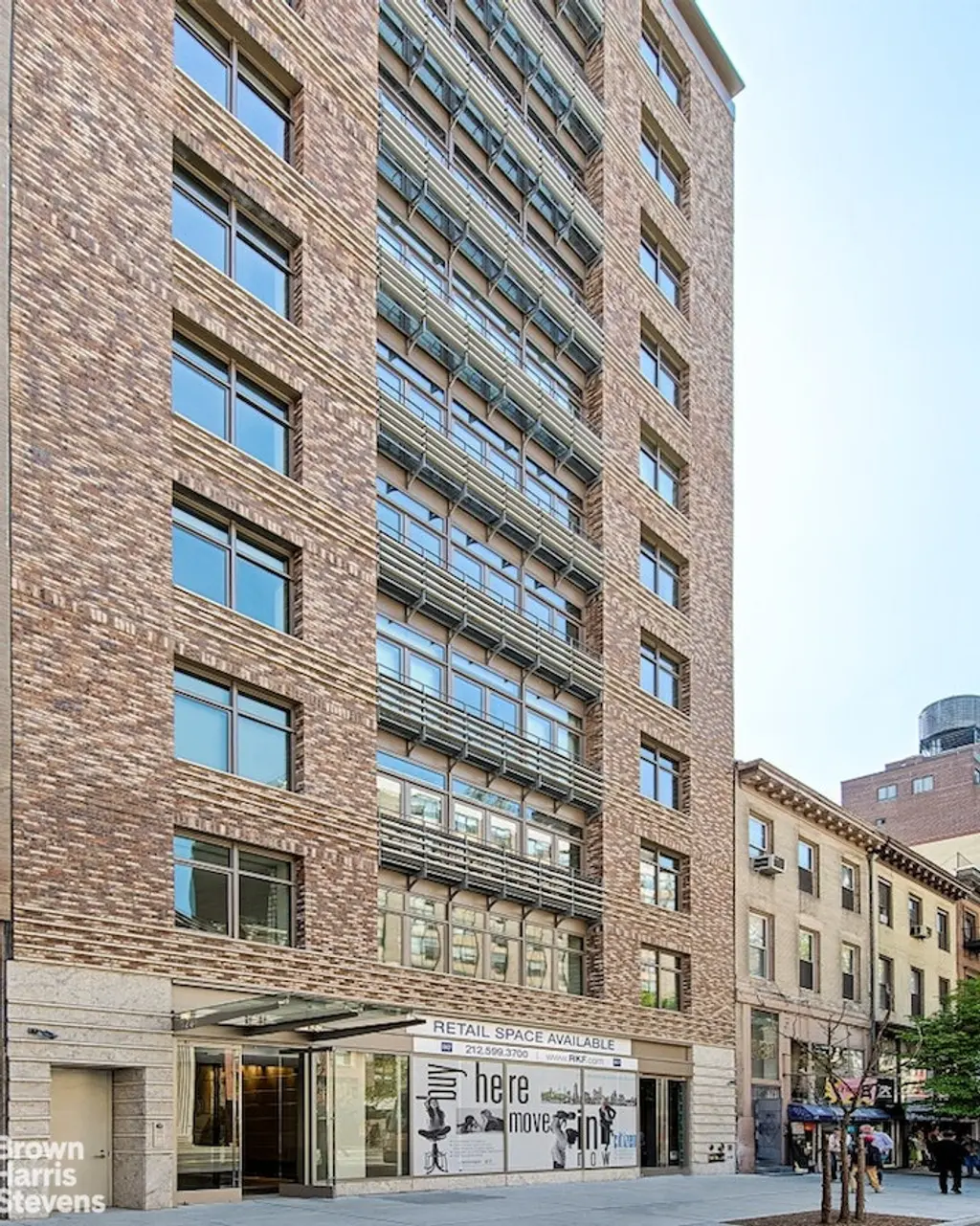

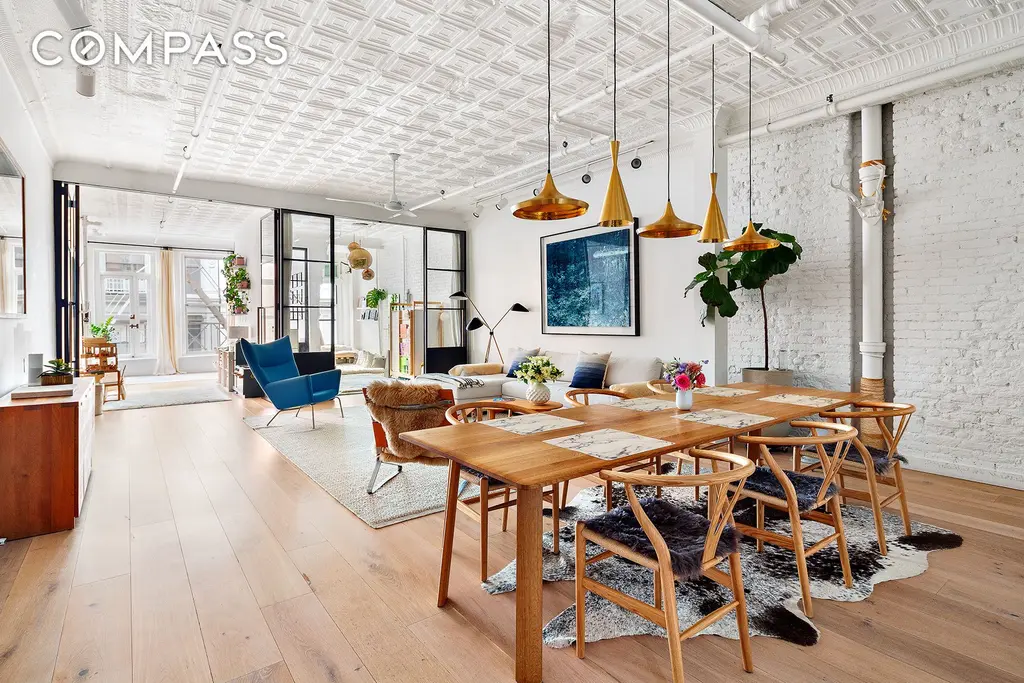
75 Grand Street, #3E (Compass)

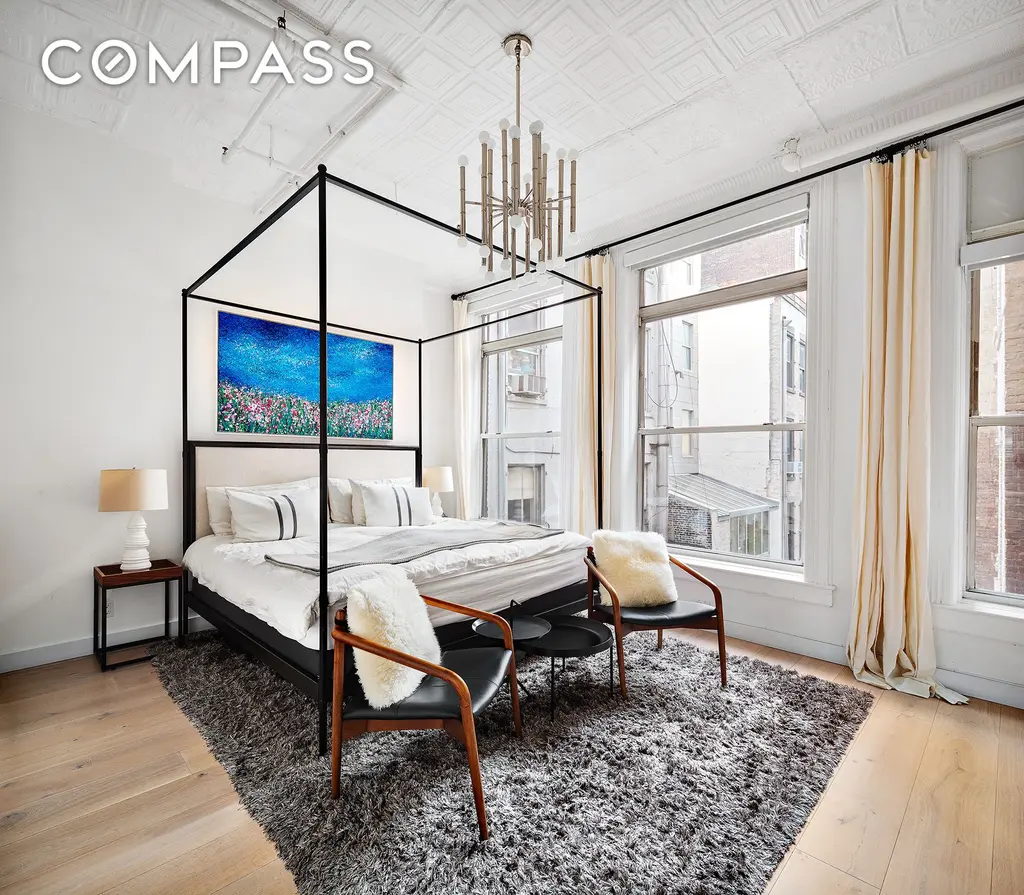
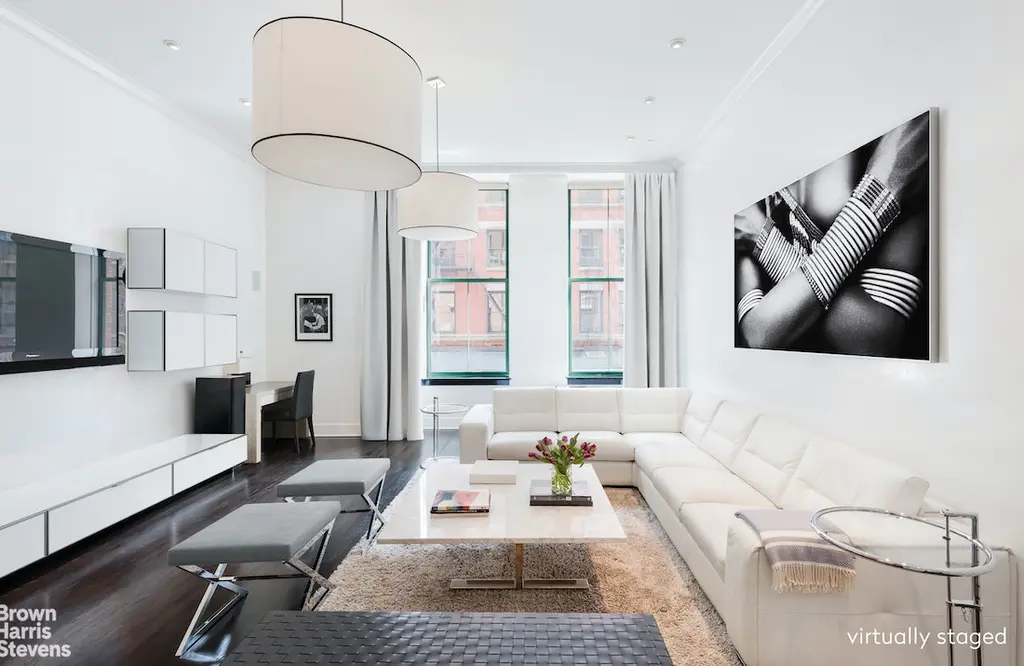
The North Moore, #2A (Brown Harris Stevens Residential Sales LLC)
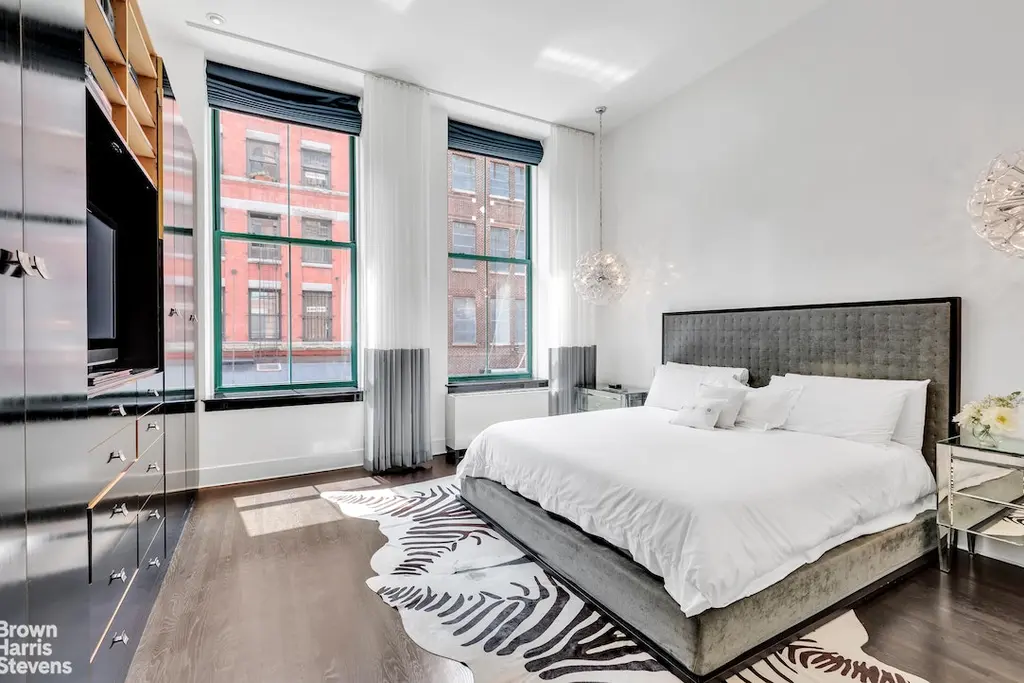
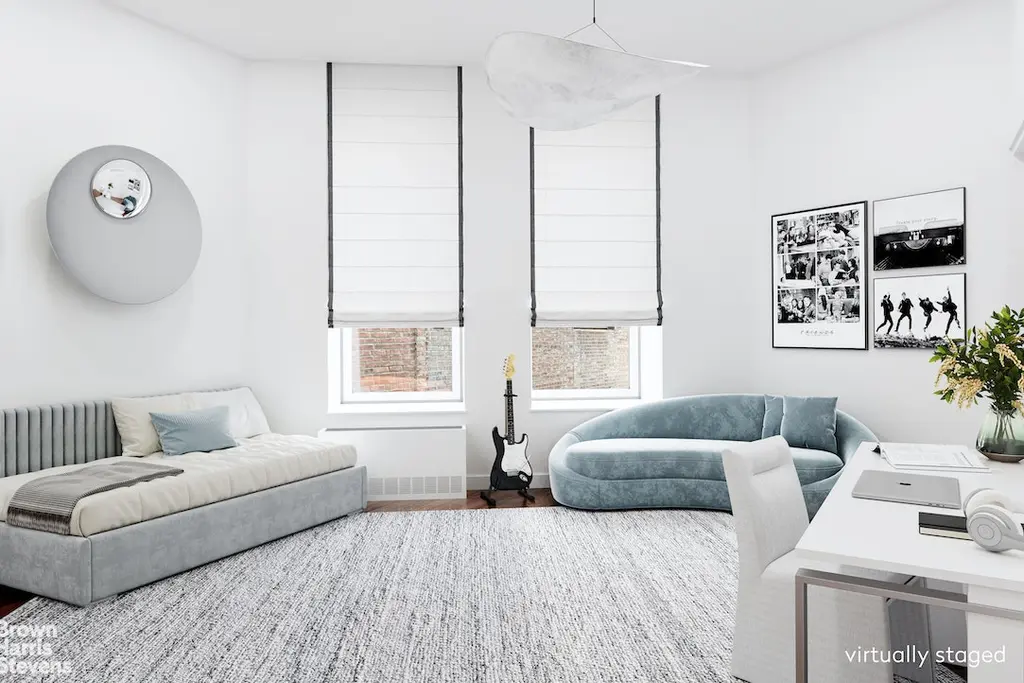

The Bayard, #2A (Compass)


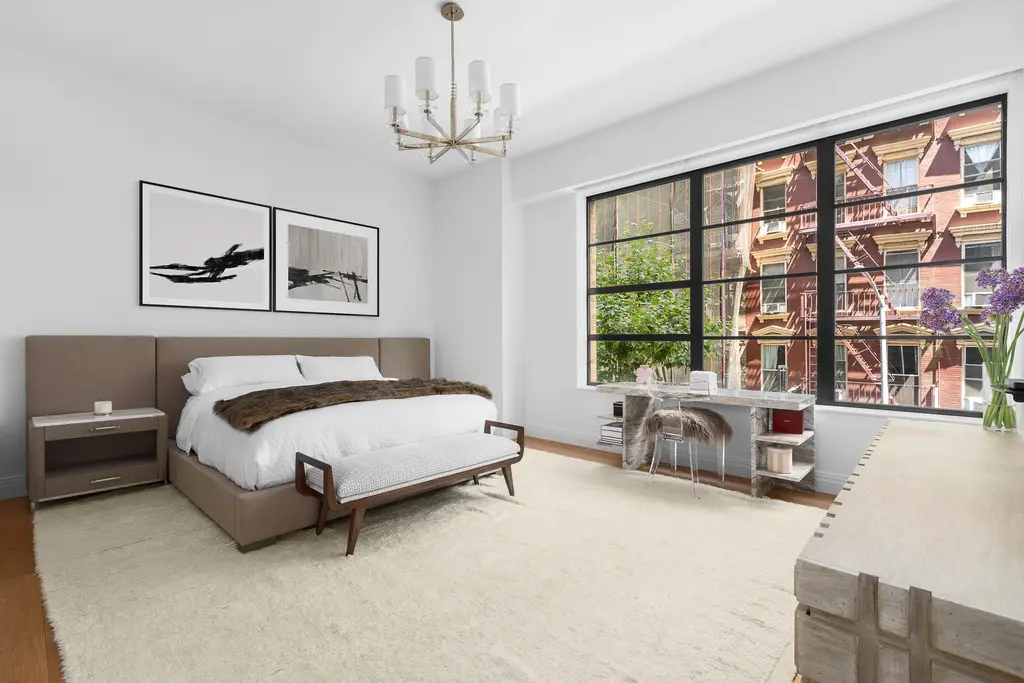
10 Sullivan Street, #2B (Douglas Elliman Real Estate)
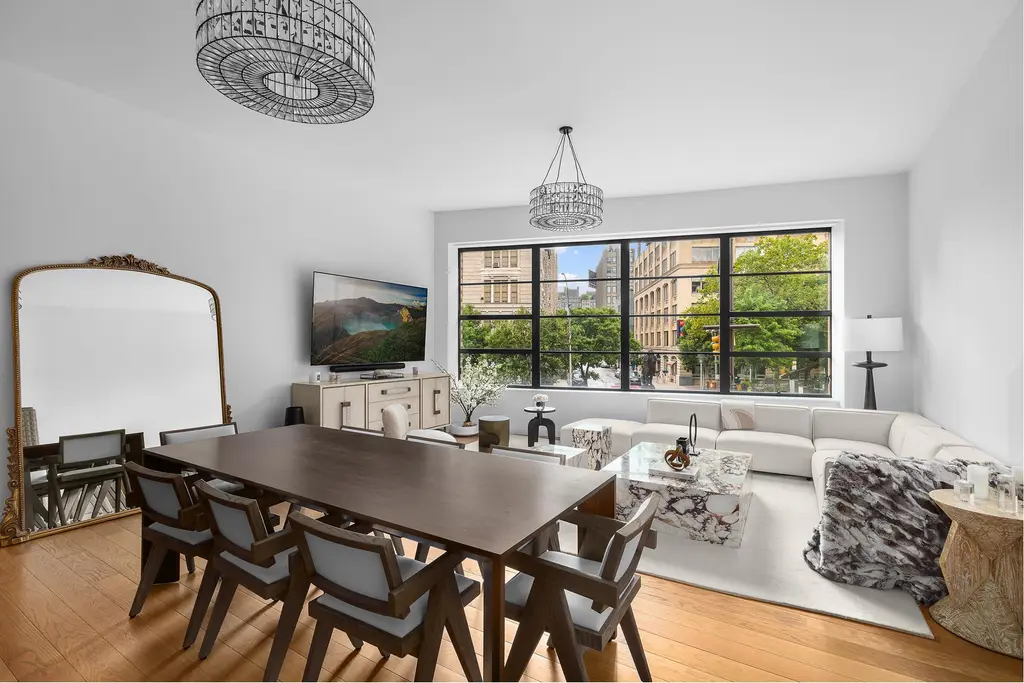

Would you like to tour any of these properties?
Just complete the info below.
Or call us at (212) 755-5544
Would you like to tour any of these properties?

Content Specialist
Michelle Merritt
Michelle is a contributing writer and editor for real estate news in New York City

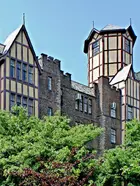

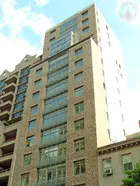
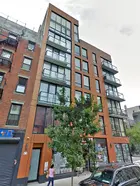
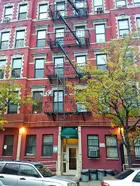
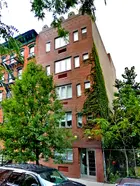

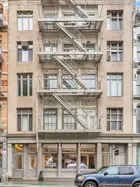
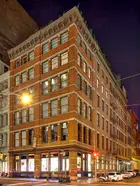
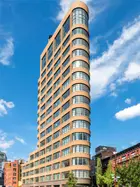
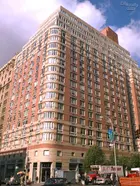

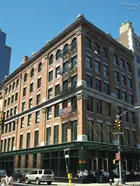
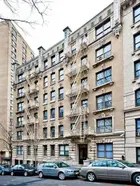
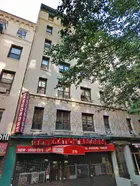
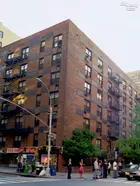
 6sqft delivers the latest on real estate, architecture, and design, straight from New York City.
6sqft delivers the latest on real estate, architecture, and design, straight from New York City.
